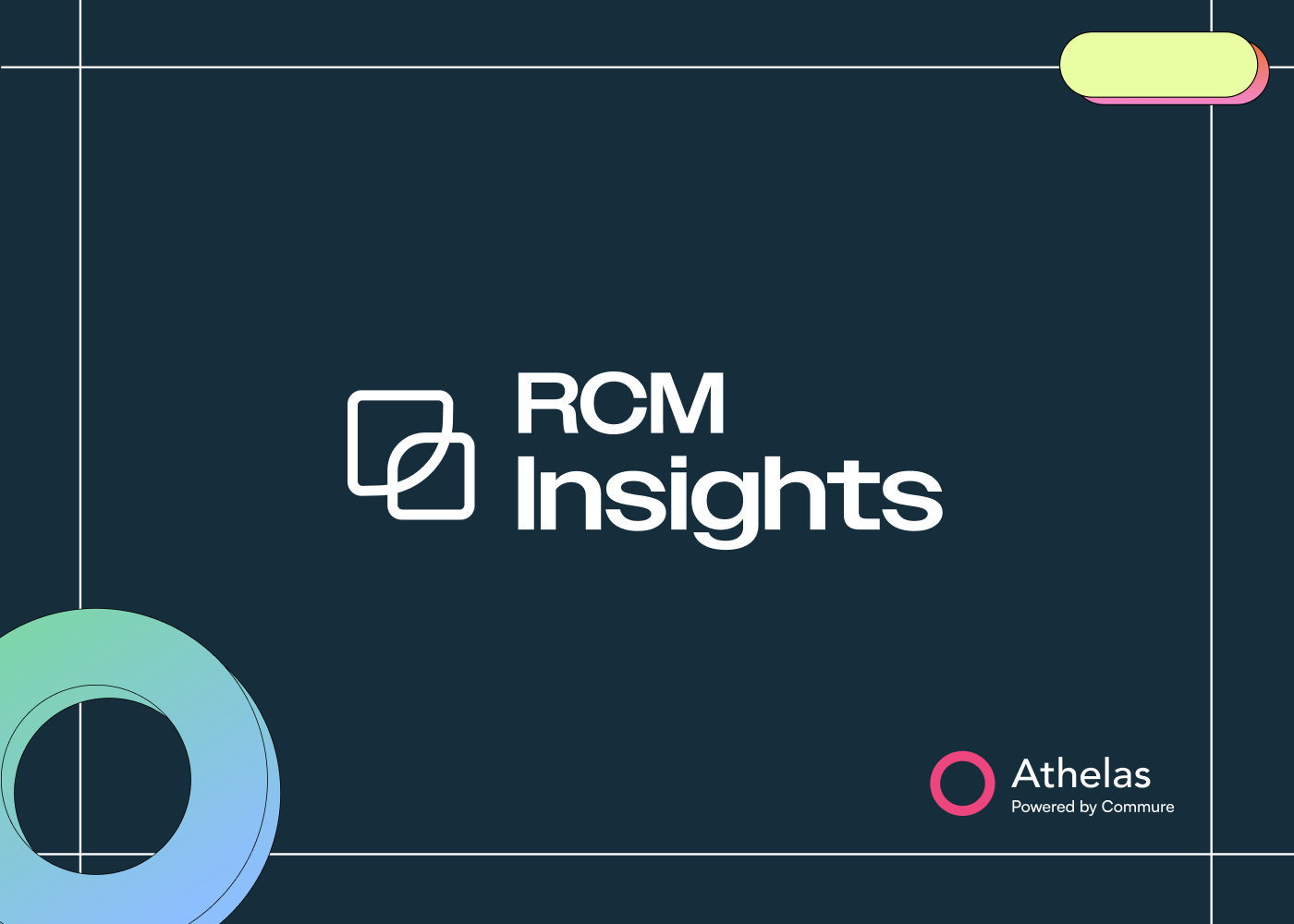If you're running a Rural Health Clinic (RHC) or Federally Qualified Health Center (FQHC), you know telehealth has been a game-changer for reaching patients in remote areas. But with policies shifting, especially after the pandemic flexibilities wound down, billing can get tricky. As we head into the later part of 2025, CMS has extended some key rules to keep things running smoothly, but there are deadlines and changes to watch. This guide breaks down the essentials for telehealth billing in rural settings, pulling straight from the latest CMS updates. We'll focus on what's in effect now and what to expect through the end of the year, so you can bill confidently and avoid headaches.
Key Updates from CMS for 2025
CMS rolled out several tweaks in the CY 2025 Physician Fee Schedule (PFS) final rule, and with the Full-Year Continuing Appropriations and Extensions Act, 2025, they've extended certain telehealth perks. Here's the rundown on what's relevant for rural telehealth billing:
For non-behavioral and non-mental health services—like routine check-ins for chronic conditions or post-op follow-ups—RHCs and FQHCs can keep billing using HCPCS code G2025 through December 31, 2025. Payment is based on national average rates from the PFS, which helps keep reimbursements steady. But heads up: As of October 1, 2025, patients generally need to be in a rural medical facility for these services—no more home-based unless it's behavioral health. Audio-only was okay through September 30, 2025, but now it's mostly limited to cases where video isn't feasible or consented to.
On the brighter side, mental and behavioral health telehealth gets more leeway. These services have permanent flexibilities: No rural-only restriction, patients can be at home, and audio-only is fine. Bill them under your RHC all-inclusive rate (AIR) or FQHC prospective payment system (PPS). Use modifiers like 95 for audio-video or FQ/93 for audio-only, and don't forget the CG modifier. In-person visit requirements are pushed back until January 1, 2026, for these in RHCs and FQHCs.
Other notable bits: If your clinic is an originating site (where the patient is), you can bill the facility fee with HCPCS Q3014—about $31.04 for CY 2025. And virtual direct supervision via audio-video sticks around through December 31, 2025, which is handy for overseeing staff during telehealth sessions.
How This Affects Your Rural Practice
In rural areas, where travel barriers are real, these guidelines help maintain access without overcomplicating things. For instance, if you're handling mental health for patients dealing with isolation or SUD, the permanent home-based options mean you can reach more folks without them trekking in. But for general care, the shift back to facility-based after September 30 means planning around that—maybe partnering with local sites or adjusting schedules.
Billing-wise, stick to POS 02 for non-home telehealth or POS 10 if it's home (where allowed), and get patient consent documented. If you're in an Accountable Care Organization (ACO) with certain tracks, you might have extra flexibilities, like no geographic limits. Just remember, costs for telehealth go on your cost report but don't factor into your AIR or PPS rate.
One thing to flag: Starting January 1, 2025, for care coordination services, you'll bill individual CPT/HCPCS codes instead of G0511—give yourself until July 1 to update systems. This could streamline claims but requires checking the latest code list.
Tips for Smooth Billing and Compliance
To maximize reimbursement and stay compliant:
- Double-check the Medicare Telehealth Services List for eligible codes—new additions like caregiver training (CPT 97550-97552) or PrEP counseling (G0011, G0013) could apply in rural settings.
- Use your enrolled practice address for remote billing through 2025—no need for home addresses.
- Track frequency limits, which are suspended through 2025 for things like inpatient follow-ups.
- If mixing services, like a mental health visit and IOP on the same day, expect the IOP rate to take precedence.
Tools like remote monitoring and automated billing can help here. At Athelas, we make it easier for rural practices to handle CMS rules with tech that tracks compliance and optimizes claims. If you're juggling RHC or FQHC billing, let's chat about simplifying your setup.
How do you bill medicaid? Improve retention without hiring?
Get ahead of 2025 CMS changes?
Schedule a demo with Athelas today to find out.



